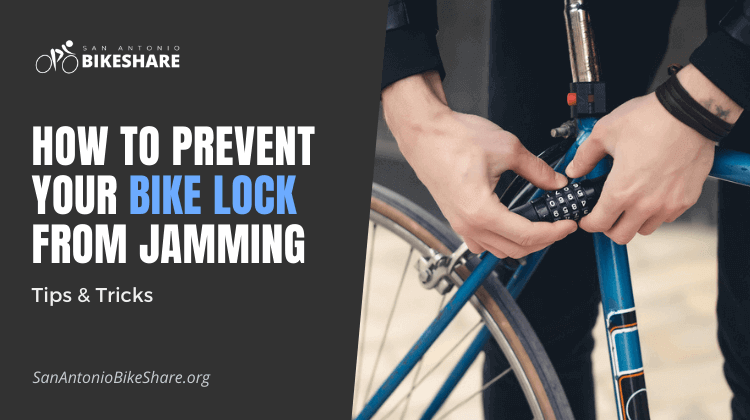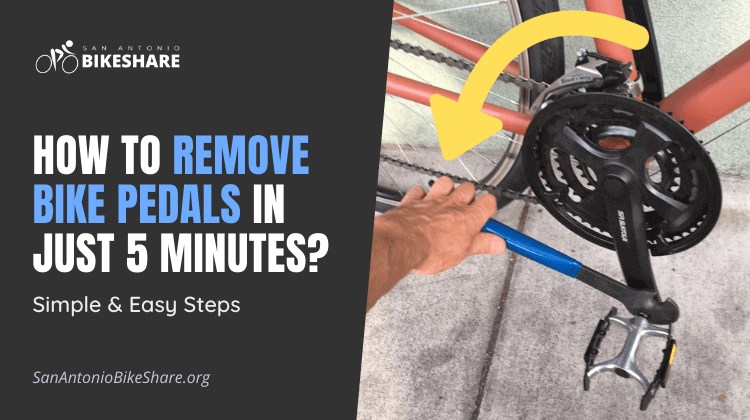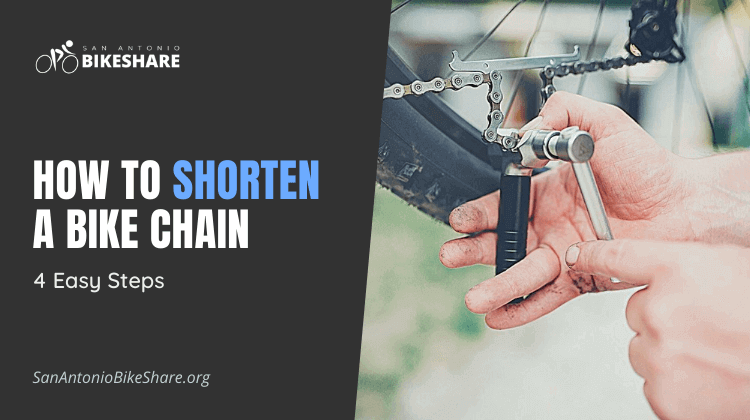How to Shift Gears On a Bike: Switching Gears on a Bicycle
Are you wondering how to shift gears on a bike? Let’s explore!
Switching gears on a bike is one of the keys to getting the most out of your bike and enhancing your performance based on the terrain or slope.
Sure, they’re confusing at first, but after you figure them out and get used to switching between them, everything becomes a lot easier, and riding becomes even more fun!
To answer the question, do you shift gears when cycling? You most definitely do! For the mechanism to derail and put the chain into a different gear, it must be moving.
So you can’t switch gear till you’re pedaling! As a result, it’s critical to pedal when changing gears (so that the chain is in movement).
Now that we’ve covered the basics, let’s move on to another frequently asked question. First and foremost, why are there so many gears? What exactly are their responsibilities? Why do you have to keep switching gears on a bike so frequently?
Switching Gears on a Bike: An Overview
The main purpose of having multiple gears on your bike is to improve performance by making it easier to pedal uphill and minimizing the amount of effort necessary over longer distances. Gears are ready to help you!
Not all bicycles have gears, and the ones that do might have a variety of numbers. While gears aren’t necessary for cycling, the more gears your bike has, the better you’ll be able to adjust your pedaling for maximum comfort and performance.
When Should I Shift Gears On My Bike?
Knowing how to shift gears is important, but knowing when to do so is even more important for mastering them! To understand when to switch gears, you must first understand what they do and how they work.
To put it another way, there are two independent shifters that control a range of gears. Shifters are usually situated on the handlebars, one on each side of the bike, and the mechanism differs for each bike.
The shifters, on the other hand, will be numbered, with each number corresponding to one of the gears.
The left-hand shifter, which normally has three gears, is used to control the greater shifts. The first choice is commonly used for steep hills, the second for neutral terrain, and the third for downhill travel.
The right shifter, on the other hand, usually contains roughly 7 gears and is responsible for fine-tuning and complimenting the other shifter’s important changes. It has the exact opposite result. If you shift up a number on the left shifter, the right shifter will move down a number or two.
Another thing to remember is that lower numbers make cycling much easier, but the bike will go slower. As a result, they’re perfect for climbing because they take less effort to continue moving ahead, even if at a slower rate.
The larger numbers, on the other hand, take a little more effort to pedal, but they make the bike travel considerably faster, so you don’t have to cycle as fast to get as far, making them excellent for long trips.
So, Back To the Question. When Do You Shift The Gears?
You can prepare your bike by shifting into a lower gear as you near the start of a climb. Because it is this gear that will help you climb higher with less effort (but faster pedaling).
When you reach the bottom of the slope and are back on level ground, you can switch the gears to their ‘normal’ position, which is right in the middle of all the numbers.
If you’re about to go downhill or want to get into a long-distance pace, you can shift the gears to a higher number. As a result, pedaling becomes more difficult, slowing you down. Each pedal cycle, on the other hand, will be substantially more efficient, and you’ll find that your bike will accelerate significantly!
To recapitulate, while approaching a change in the terrain’s inclination, you should shift gears on your bike! You’ll also have to shift while cycling, of course!
How to Shift Gears On a Bike Smoothly?
If done correctly, shifting gears should be straightforward and painless. Shifting gears, on the other hand, can cause the chain to clank and moan, the bike mechanism to become locked and freeze, or the chain to break away, necessitating a halt and repair.
So, what options do you have to avoid this? How do you ensure that your gears are shifting smoothly? So don’t be concerned; we’ve got your back.
Here are some pointers for switching gears successfully:
- Make sure you’re pedaling when changing gears (this is critical!)
- When switching, move slowly because moving too fast may launch the chain with too much force, causing it to completely derail off the mechanism
- Relax your foot pressure on the pedals when shifting gears
- Don’t get off the bike too soon after switching; pedal for a few cycles!
How Do You Shift Gears On A Hybrid Bike?
Hybrid bikes are bikes that have been designed to fulfill numerous functions. As a result, they efficiently combine characteristics and design elements from a variety of bikes, including mountain bikes, road bikes, and tourism bikes.
They usually have a lot more gears than ordinary bikes, allowing you to fine-tune your riding style and take advantage of every feature.
But how do you shift gears on a hybrid bike? It’s exactly the same as riding a traditional bike! The gears are interchangeable and feature the same switching mechanism.
Conclusion
Hopefully, your query “how to Shift Gears On a Bike” has been answered.
Switching gears on a bike not only maximizes the performance but also makes riding the bike easier. Especially when a biker has to travel uphill, the biker won’t have to put in a lot of effort. Although it’s not necessary to have a number of gears if a bike has many gears it makes riding easier.







